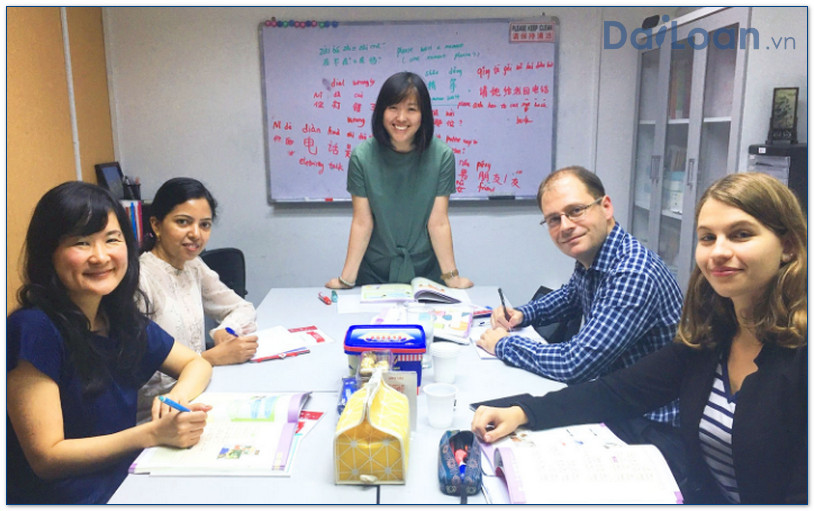The phrase 拼湊 (pīn còu) holds significant meaning in the Chinese language, often reflecting the act of assembling pieces or patching things together. Whether you’re navigating through Chinese literature, conversing with native speakers, or studying the language, understanding this expression can enrich your linguistic experience. In this article, we will delve into the various facets of 拼湊, including its meaning, grammatical structure, and practical example sentences.
What Does 拼湊 (pīn còu) Mean?
拼湊 (pīn còu) is a verb phrase that combines two characters: 拼 (pīn) meaning “to piece together” and 湊 (còu) meaning “to gather” or “to assemble.” Thus, the fundamental meaning of 拼湊 can be interpreted as “to patch together” or “to assemble something from different parts.” It often conveys a sense of improvisation or making do with disparate elements.
Contextual Meanings of 拼湊
In different contexts, 拼湊 can imply:
- Assembling fragments into a whole, such as in art or literature.
- Improvising solutions when resources are limited.
- Creating a narrative or a presentation by combining various sources.
Grammatical Structure of 拼湊
Understanding the grammatical structure of 拼湊 is essential for proper usage in sentences. In Chinese, 拼湊 is generally used as a verb and can be followed by various complements to express specific meanings.
Verb Usage
As a verb, 拼湊 can stand alone or be used in conjunction with objects:
- 拼湊 + Noun: This structure indicates what is being assembled or pieced together.
Example Structures
Several sentence structures can showcase 拼湊 effectively:
- 我正在拼湊这篇文章。 (Wǒ zhèngzài pīn còu zhè piān wénzhāng.) – “I am currently piecing together this article.”
- 她的故事是拼湊而成的。
 (Tā de gùshì shì pīn còu ér chéng de.) – “Her story is pieced together.”
(Tā de gùshì shì pīn còu ér chéng de.) – “Her story is pieced together.”
Example Sentences Using 拼湊
Let’s explore more examples to understand how 拼湊 can be incorporated into different contexts:
Examples in Various Contexts
- 艺术方面: 这幅画是由许多不同的作品拼湊而成的。

- 日常对话: 我们需要拼湊几种意见才能做出决定。
- 故事创作: 他的小说是拼湊生活中的真实故事。
(Zhè fú huà shì yóu xǔduō bùtóng de zuòpǐn pīn còu ér chéng de.) – “This painting is pieced together from many different works.”
(Wǒmen xūyào pīn còu jǐ zhǒng yìjiàn cáinéng zuòchū juédìng.) – “We need to piece together various opinions to make a decision.”
(Tā de xiǎoshuō shì pīn còu shēnghuó zhōng de zhēnshí gùshì.) – “His novel is a patchwork of true stories from life.”
Conclusion
In conclusion, understanding 拼湊 (pīn còu) enhances one’s grasp of the Chinese language by illustrating the beauty of assembling ideas and experiences. Whether used in the context of art, conversation, or writing, it embodies creativity and resourcefulness. As you continue your journey in learning Mandarin, incorporating phrases like 拼湊 into your vocabulary will empower you with more expressive and nuanced communication skills.

Sứ mệnh của Chuyên là giúp đỡ và truyền cảm hứng cho các bạn trẻ Việt Nam sang Đài Loan học tập, sinh sống và làm việc. Là cầu nối để lan tỏa giá trị tinh hoa nguồn nhân lực Việt Nam đến với Đài Loan và trên toàn cầu.
CÓ THỂ BẠN QUAN TÂM
Du học Đài Loan
Lao Động Đài Loan
Việc Làm Đài Loan
Đơn Hàng Đài Loan
Visa Đài Loan
Du Lịch Đài Loan
Tiếng Đài Loan
KẾT NỐI VỚI CHUYÊN
Zalo: https://zalo.me/0936126566
Website: www.dailoan.vn




